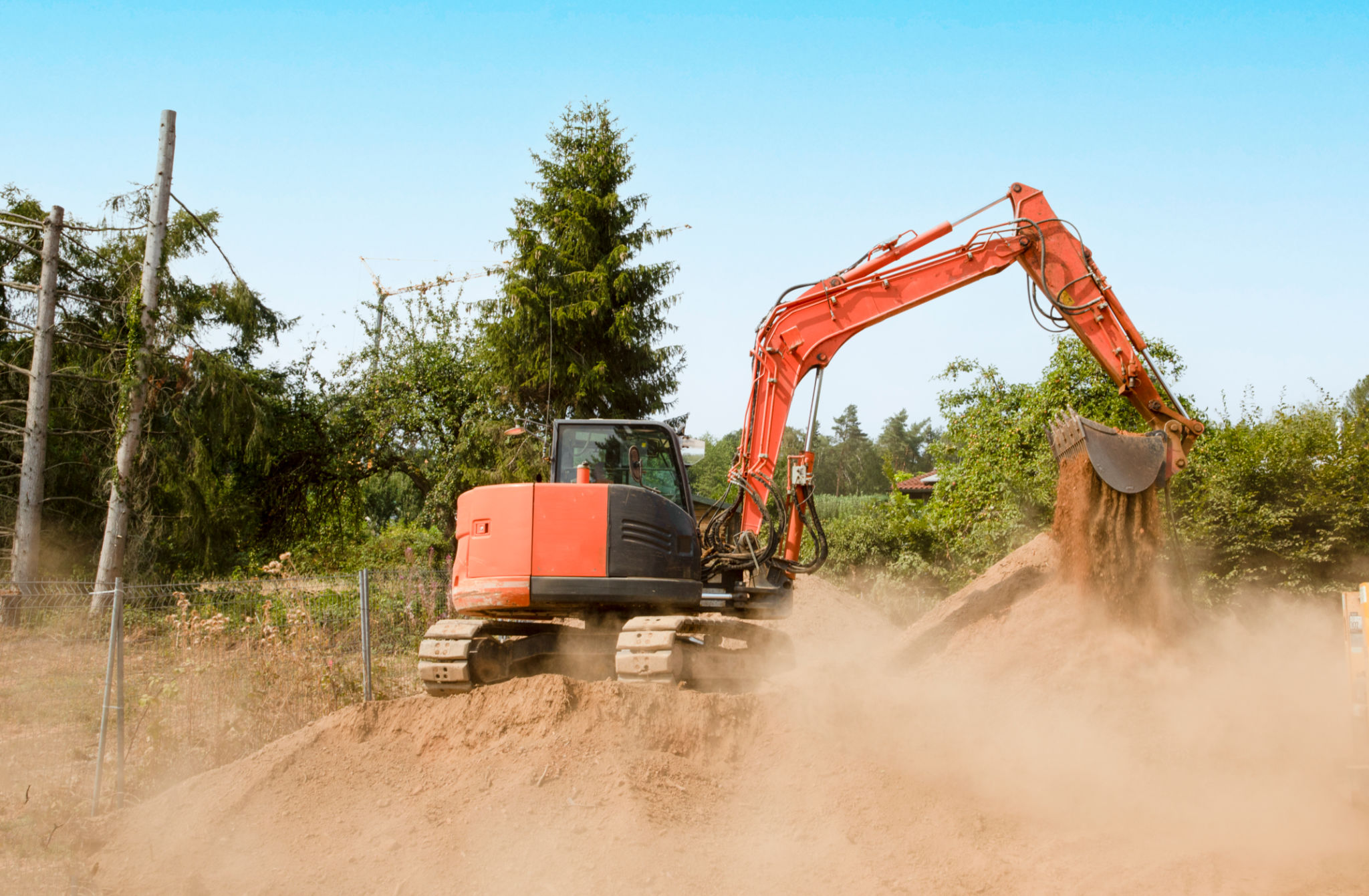The Benefits of AI-Driven Design for North Dakota Construction Projects
Revolutionizing Construction with AI-Driven Design
The construction industry in North Dakota is undergoing a significant transformation thanks to the integration of AI-driven design. This cutting-edge technology is not only enhancing efficiency but also ensuring that projects are completed with remarkable precision and safety. By leveraging artificial intelligence, construction companies can now streamline their design processes, optimize resource allocation, and improve overall project outcomes.
AI-driven design tools are capable of analyzing vast amounts of data to provide architects and engineers with valuable insights. These insights help in making informed decisions that lead to better design choices and more efficient construction methods. As a result, projects can be completed faster and more cost-effectively, which is a significant advantage in today's competitive construction landscape.

Enhanced Precision and Efficiency
One of the most significant benefits of AI-driven design is its ability to enhance precision in construction projects. By utilizing machine learning algorithms, AI can identify potential design flaws and suggest improvements before construction begins. This proactive approach helps in minimizing errors and reducing the need for costly revisions during the construction phase.
Moreover, AI-driven design tools can automate repetitive tasks, allowing engineers and architects to focus on more complex aspects of the project. This not only speeds up the design process but also ensures that resources are used more efficiently. As a result, construction companies can deliver projects on time and within budget, which is crucial for maintaining a competitive edge.
Improved Safety Measures
Safety is a top priority in any construction project, and AI-driven design plays a vital role in enhancing safety measures. By simulating various scenarios, AI can predict potential safety hazards and suggest preventive measures. This capability allows construction teams to address safety concerns proactively, reducing the risk of accidents on-site.

Furthermore, AI-driven design tools can monitor construction sites in real-time, providing valuable data on worker movements and equipment usage. This information helps in identifying unsafe practices and implementing corrective actions promptly. As a result, construction projects in North Dakota can maintain high safety standards, ensuring the well-being of workers and the surrounding community.
Optimized Resource Management
Effective resource management is essential for the success of any construction project. AI-driven design tools can optimize resource allocation by analyzing data related to materials, labor, and equipment. This analysis helps in identifying the most efficient ways to utilize resources, reducing waste and lowering costs.
By accurately forecasting resource requirements, AI tools enable construction companies to plan better and avoid delays caused by resource shortages. This level of precision ensures that projects are completed on schedule, which is crucial for maintaining client satisfaction and building a strong reputation in the industry.

Sustainability and Environmental Impact
As environmental concerns continue to rise, the construction industry is under pressure to adopt sustainable practices. AI-driven design can play a significant role in promoting sustainability by optimizing energy usage and minimizing waste. By analyzing data related to energy consumption and material efficiency, AI tools can suggest eco-friendly design alternatives that reduce the environmental impact of construction projects.
Additionally, AI-driven design can help in selecting sustainable materials and construction methods that align with environmental regulations. This proactive approach not only benefits the environment but also enhances the reputation of construction companies committed to sustainability.
Conclusion
In conclusion, AI-driven design is revolutionizing the construction industry in North Dakota by enhancing precision, improving safety, optimizing resource management, and promoting sustainability. As construction companies continue to embrace this technology, they can expect to see significant improvements in project outcomes and client satisfaction. By staying ahead of the curve, North Dakota's construction industry can thrive in an increasingly competitive market, setting new standards for innovation and efficiency.